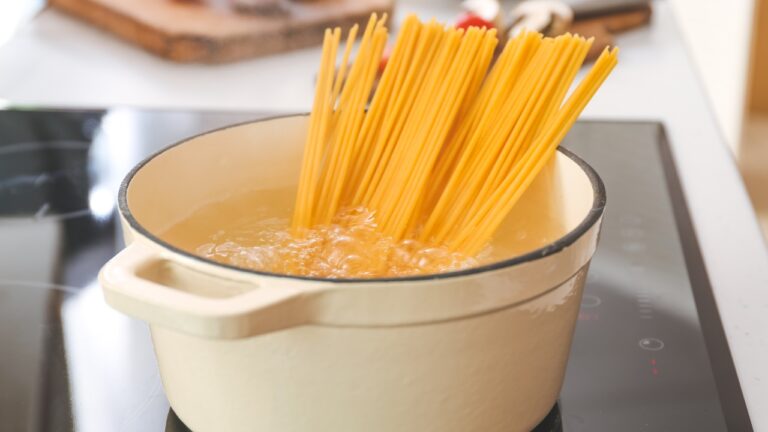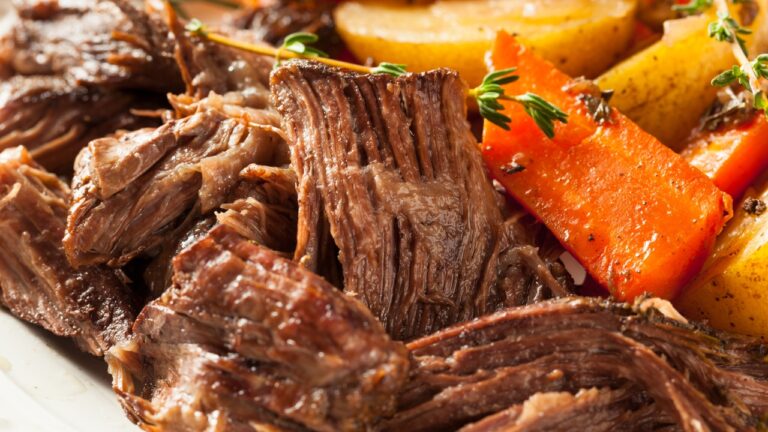10 Ways to Add Instant Flavor Without Salt or Sugar
Cutting back on salt and sugar doesn’t mean your food has to be bland. Honestly, it’s the perfect excuse to get creative in the kitchen. There are so many ways to boost flavor that don’t rely on those two ingredients, and the best part? Most of them are super simple and probably already sitting in your pantry or fridge.
I’ve learned that small tweaks—like using fresh herbs or a splash of vinegar—can completely change a dish. It’s all about layering flavors and using the right ingredients to let your food shine. Whether you’re trying to eat healthier, have dietary restrictions, or just want to mix things up, these tips will make sure your meals stay exciting and full of flavor.
Potatoes and Bread for Creamy Soups

Cream soups don’t need actual cream to be rich and satisfying. Toss a diced potato into your broth or add a couple of toasted bread cubes, then blend it all with an immersion blender. It’s like kitchen magic—your soup turns silky and thick without any heavy dairy. Plus, it’s a great way to use up that lone potato or stale bread sitting in your kitchen.
I’ve tried this with everything from tomato soup to veggie purees, and it always works like a charm. The best part? It doesn’t feel heavy, so you can have that extra slice of bread on the side guilt-free.
Citrus Zest Adds Instant Flavor
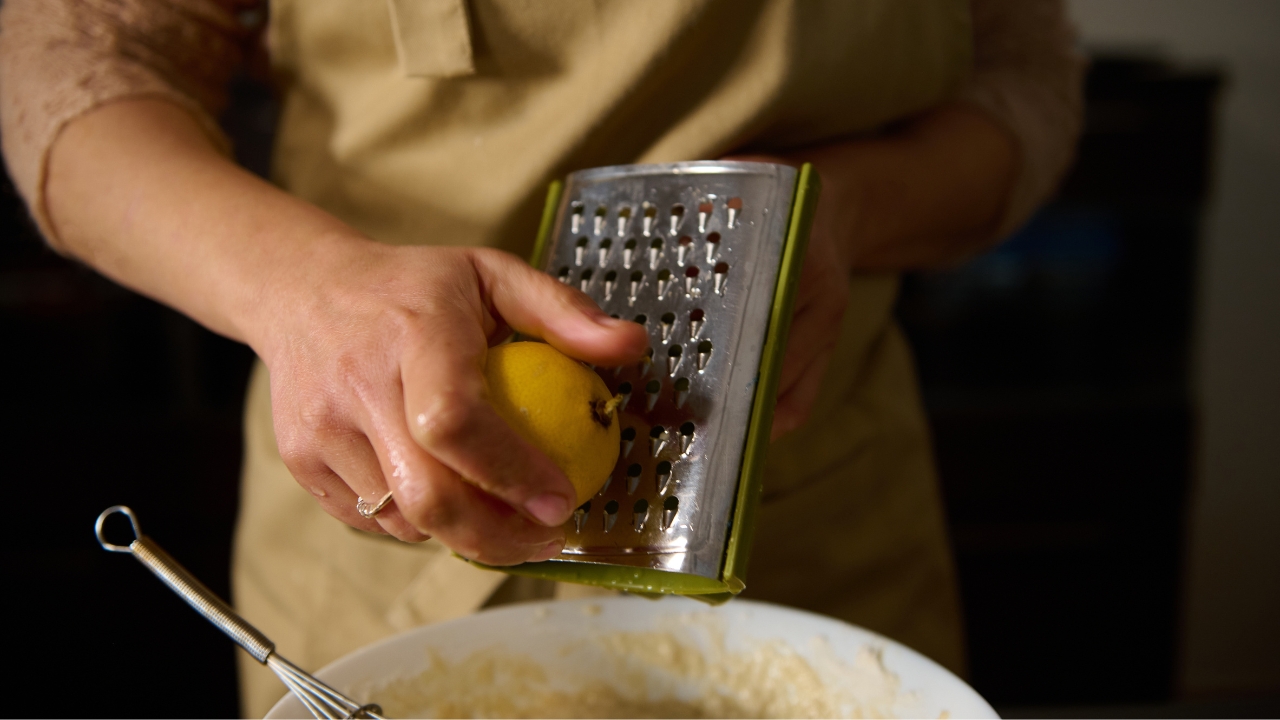
Citrus zest is like a secret weapon in the kitchen. The tiny shavings of lemon, lime, or orange peel bring a fresh, bright flavor to everything they touch. Whether you’re sprinkling it into a salad, mixing it into a dressing, or adding it to roasted veggies, a little zest goes a long way.
I always keep a zester handy, and it’s worth the couple of bucks. Zest is amazing for savory dishes, but don’t forget the juice! A squeeze of lemon or lime right at the end of cooking makes pan sauces or even plain fish and chicken taste like you spent way more time on them than you actually did.
Boost Flavor with Umami
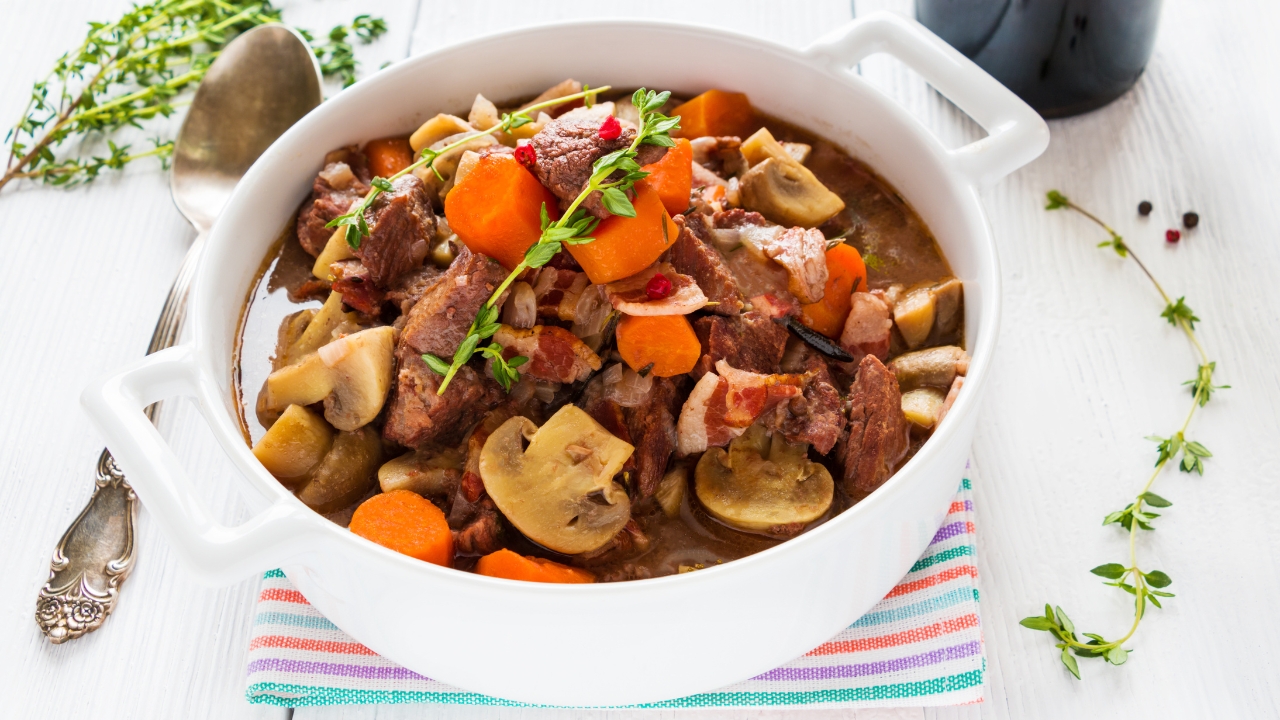
Umami is that rich, savory taste that takes dishes from good to wow. Think soy sauce, ripe tomatoes, Parmesan cheese, and mushrooms—they’re all umami-packed. One of my favorite tricks is tossing a Parmesan rind into soup while it simmers. It melts into the broth, giving it an amazing depth of flavor. Just fish it out before serving.
If you’re a mushroom skeptic, give finely chopped porcini a shot. Soak dried mushrooms in hot water, chop them up, and toss them into stews or sauces. They add this earthy, meaty flavor without screaming “mushroom.” Even picky eaters will ask for seconds.
Toasted Seeds and Nuts for Texture
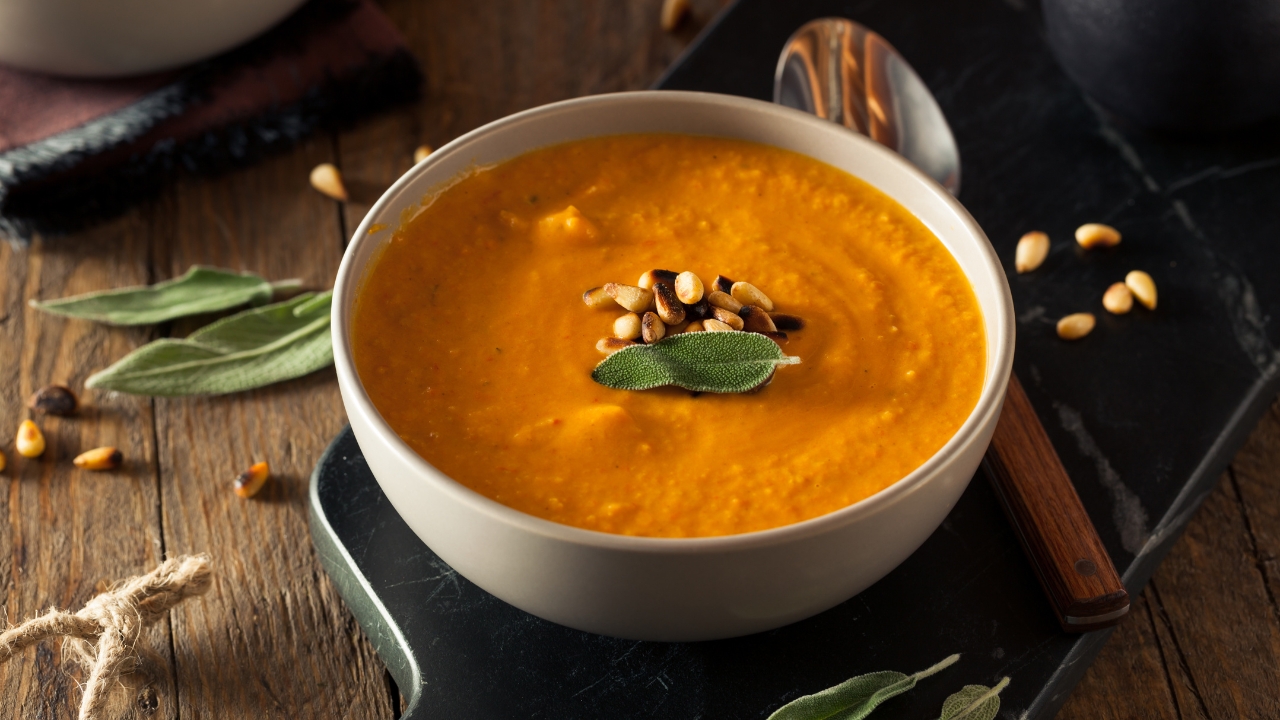
Toasted seeds and nuts are the unsung heroes of finishing touches. A quick toast—whether it’s sesame, pumpkin, or sunflower seeds—brings out a nuttier, more intense flavor. Crush them lightly and sprinkle over soups, salads, or roasted veggies. It’s an easy way to add crunch and depth to almost anything.
I keep a jar of toasted sesame seeds mixed with cumin and fennel on my counter. It’s like a DIY dukkah blend, and I use it on everything from avocado toast to roasted chicken. It’s such a small step, but it makes your dishes feel instantly fancier.
Add Natural Saltiness with Sea Vegetables
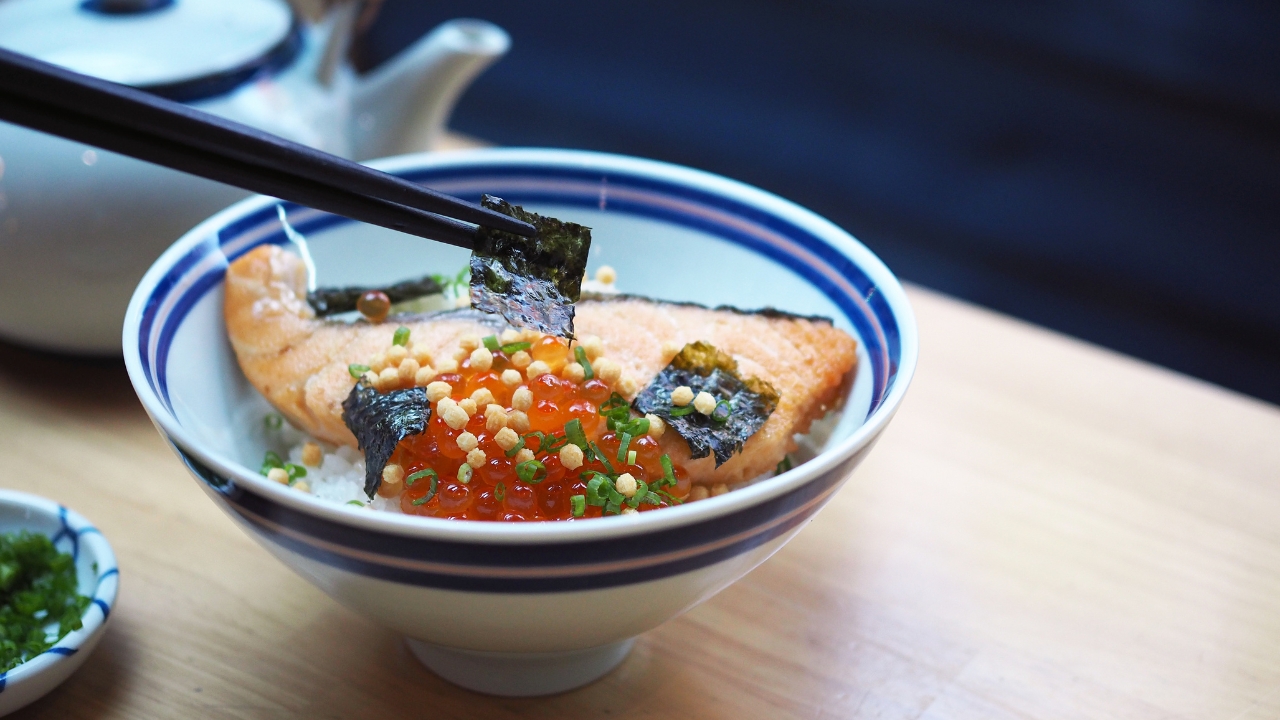
If you’re looking for a way to add salty vibes without the shaker, sea vegetables like kombu and nori are the answer. A piece of kombu in your soup or stew subtly boosts the flavor while keeping it light. Torn nori sheets work wonders in stir-fries or even sprinkled over roasted veggies.
I always have a pack of dried seaweed in my pantry. It’s versatile, lasts forever, and adds that hint of brininess that makes dishes pop. Bonus: it’s super low in sodium compared to salt but still gives that same savory kick.
Brighten Things Up with Vinegar

Vinegar is magic for perking up dishes. Apple cider, rice wine, balsamic—each one adds a different kind of zing. The secret is timing. Adding vinegar at the end of cooking keeps its tanginess intact, giving your food a lively, balanced flavor.
I use rice wine vinegar in stir-fries and balsamic in roasted veggies. Even a tiny splash can cut through rich, heavy flavors and make everything taste fresher.
Fresh Herbs Are Game-Changers
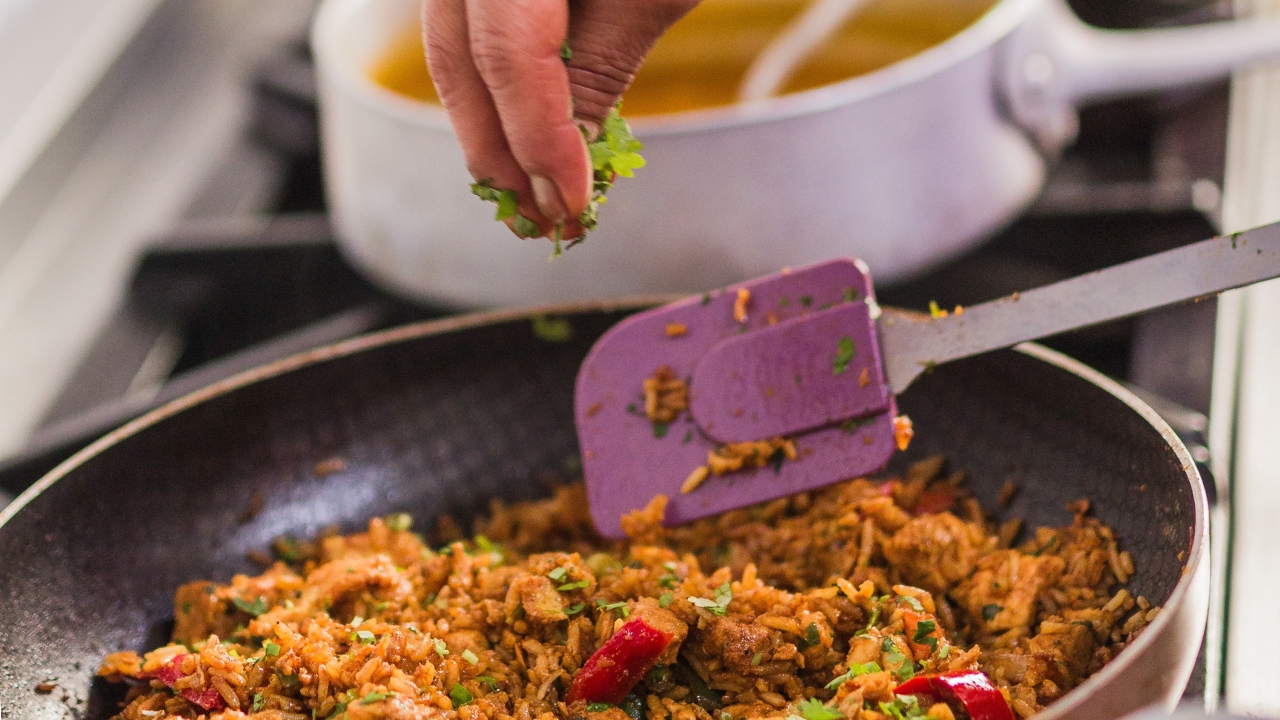
There’s nothing like a handful of fresh herbs to bring a dish to life. Parsley, mint, basil, or cilantro can turn something basic into something that feels restaurant-worthy. Here’s the trick: add them right at the end. Tossing them in too early means you’ll lose that bright, fresh flavor. Just chop or tear them right before serving to keep them vibrant and avoid bruising.
I keep a little herb garden on my windowsill—it’s nothing fancy, but it means I always have something fresh on hand. Even tossing a few leaves onto scrambled eggs or soup makes me feel like I know what I’m doing in the kitchen.
Dried Spices Deserve Some Love

If your spice rack hasn’t seen an upgrade since your first apartment, it’s time. Spices like cumin, smoked paprika, or coriander are kitchen MVPs. They add depth and warmth, especially when you toast them early in cooking. I always feel like a pro when I can smell the spices blooming—it’s such an easy way to make dinner feel special.
Dried herbs like sage or tarragon might not have the same punch as fresh, but they’re perfect for cozy dishes like roasted chicken or a hearty stew. And listen, if you’ve still got that jar of oregano from five years ago, it’s not doing you any favors. Toss it and start fresh. Your taste buds will thank you.
Sauces Without the Salt Overload
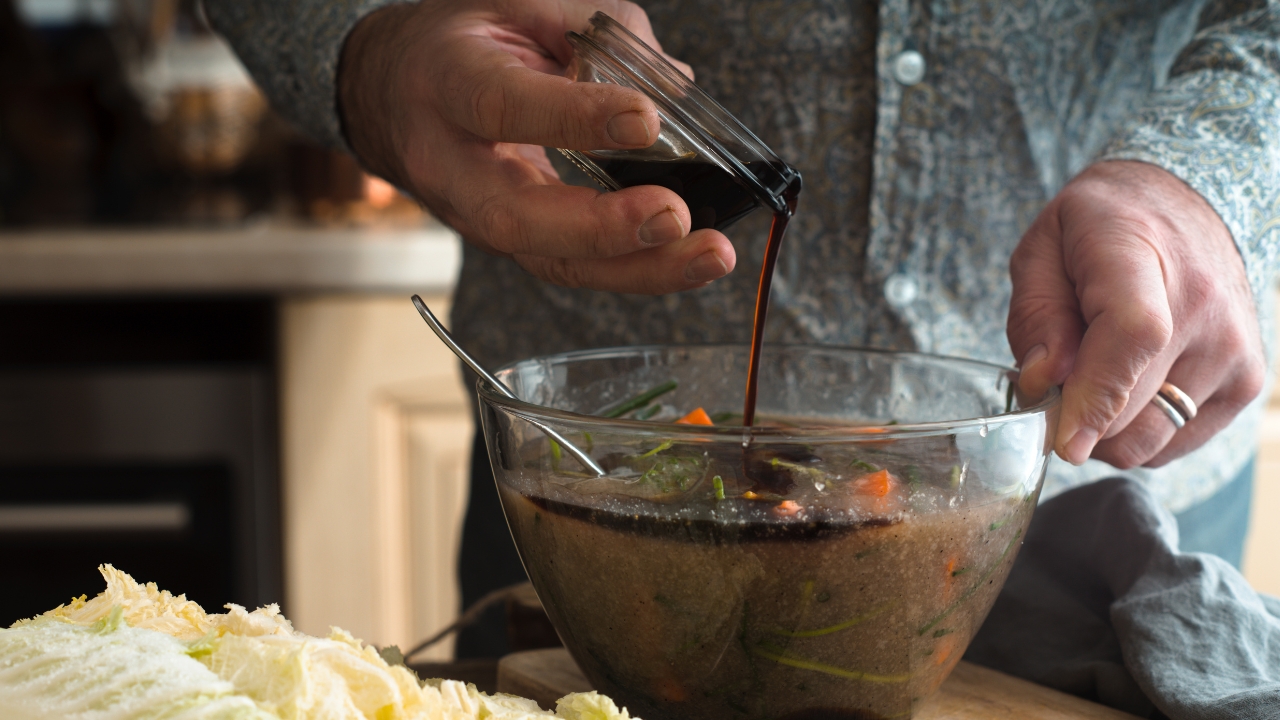
I love a good sauce—soy, fish sauce, hoisin—they’re all flavor bombs. But let’s be real, they’re also loaded with salt. The good news? You don’t need to pour it on to get the flavor. Low-sodium versions are a solid option, and I like to dilute them with water when I’m cooking. If a recipe calls for both sauce and salt, I just skip the salt.
For me, a splash of soy sauce in stir-fries or marinades makes everything taste like I spent hours on it (spoiler: I didn’t). It’s all about letting the sauce do the heavy lifting without going overboard.
Stock That Works Smarter, Not Harder
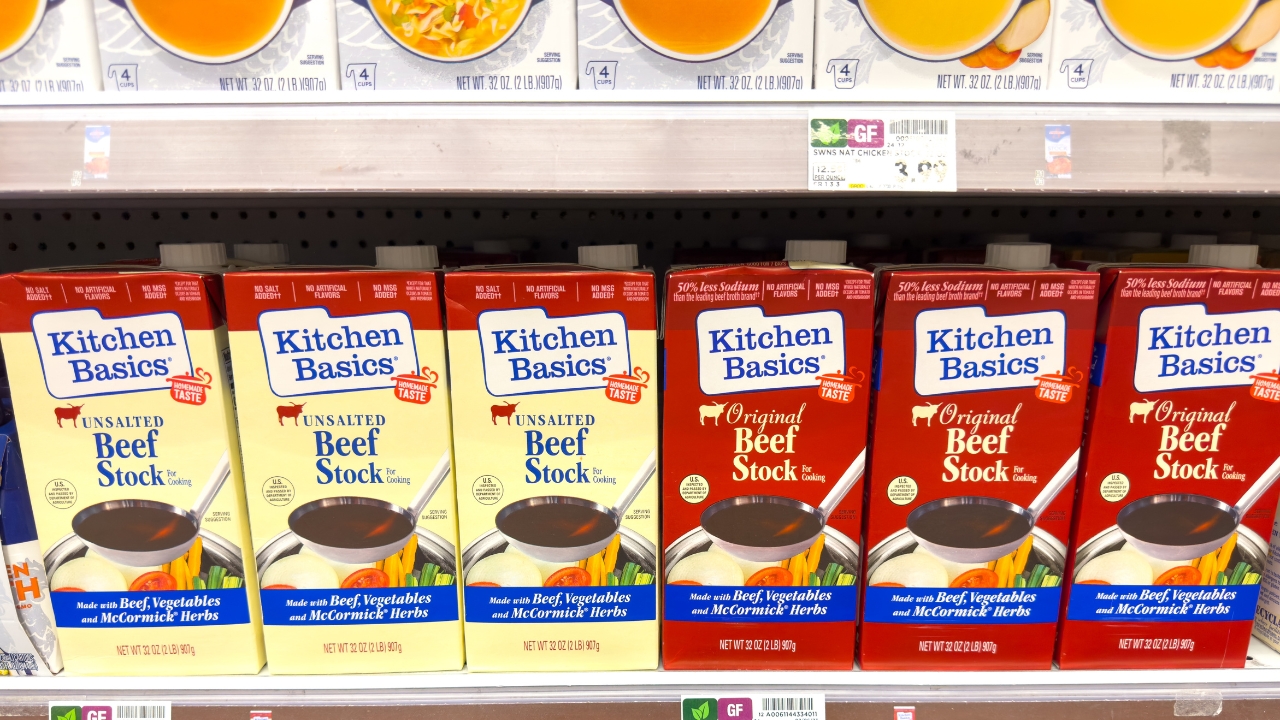
Stock is a lifesaver in my kitchen. When I’m boiling potatoes, cooking rice, or making soup, I skip the salt and use a 50/50 mix of low-sodium stock and water. It’s an easy way to add flavor without making things too salty. Plus, it’s super versatile—you can use it for everything from risottos to mashed potatoes.
Powdered stock works, too. I just add more water than the package says because I like a lighter, subtler flavor. It’s one of those small changes that makes a big difference, especially when I’m cooking for people who like things a little less salty.


